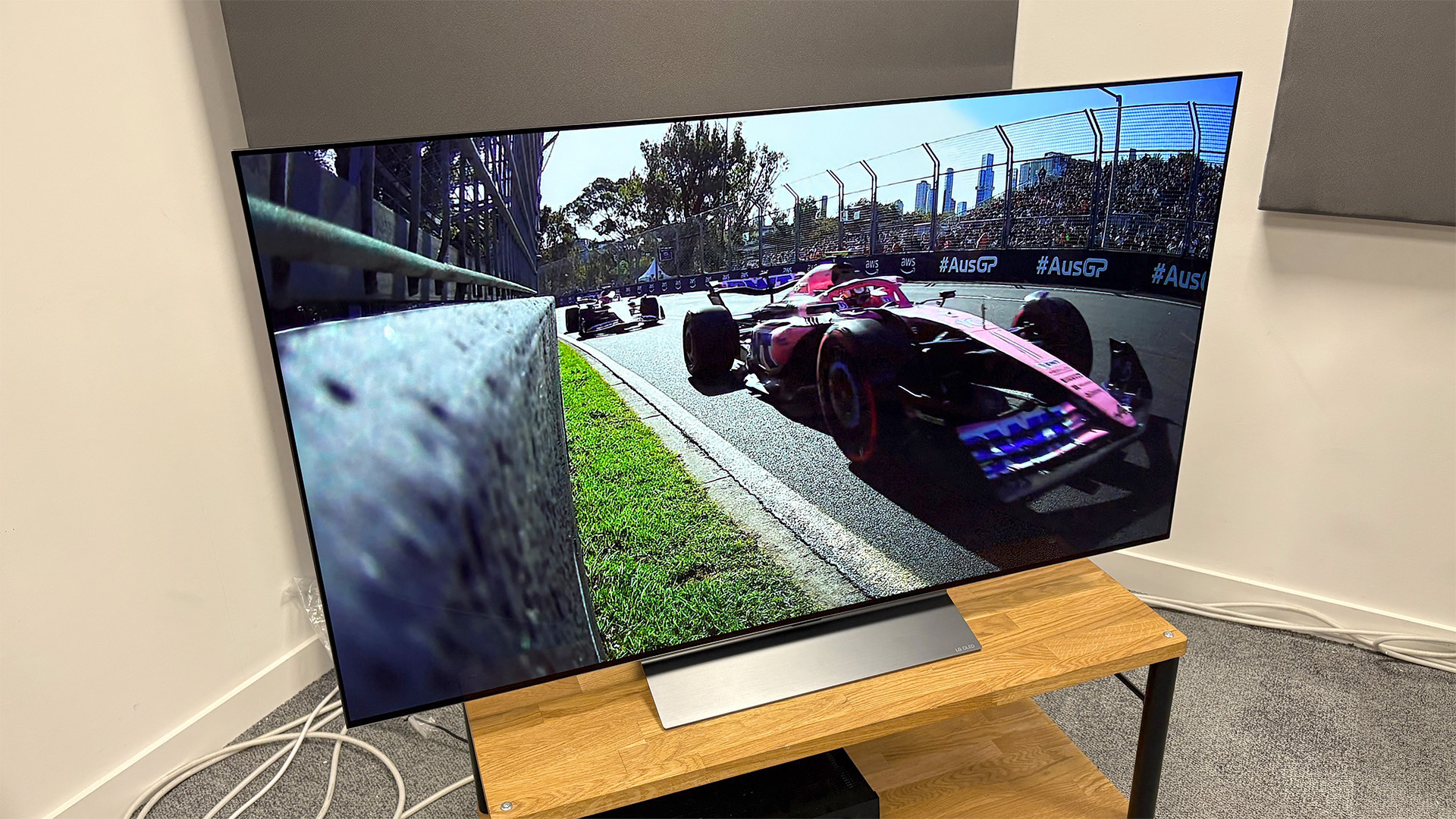We tested four next-gen OLED TVs head-to-head and one clearly outshone the others – but not in a good way
Extra brightness is great, but only when it’s done right
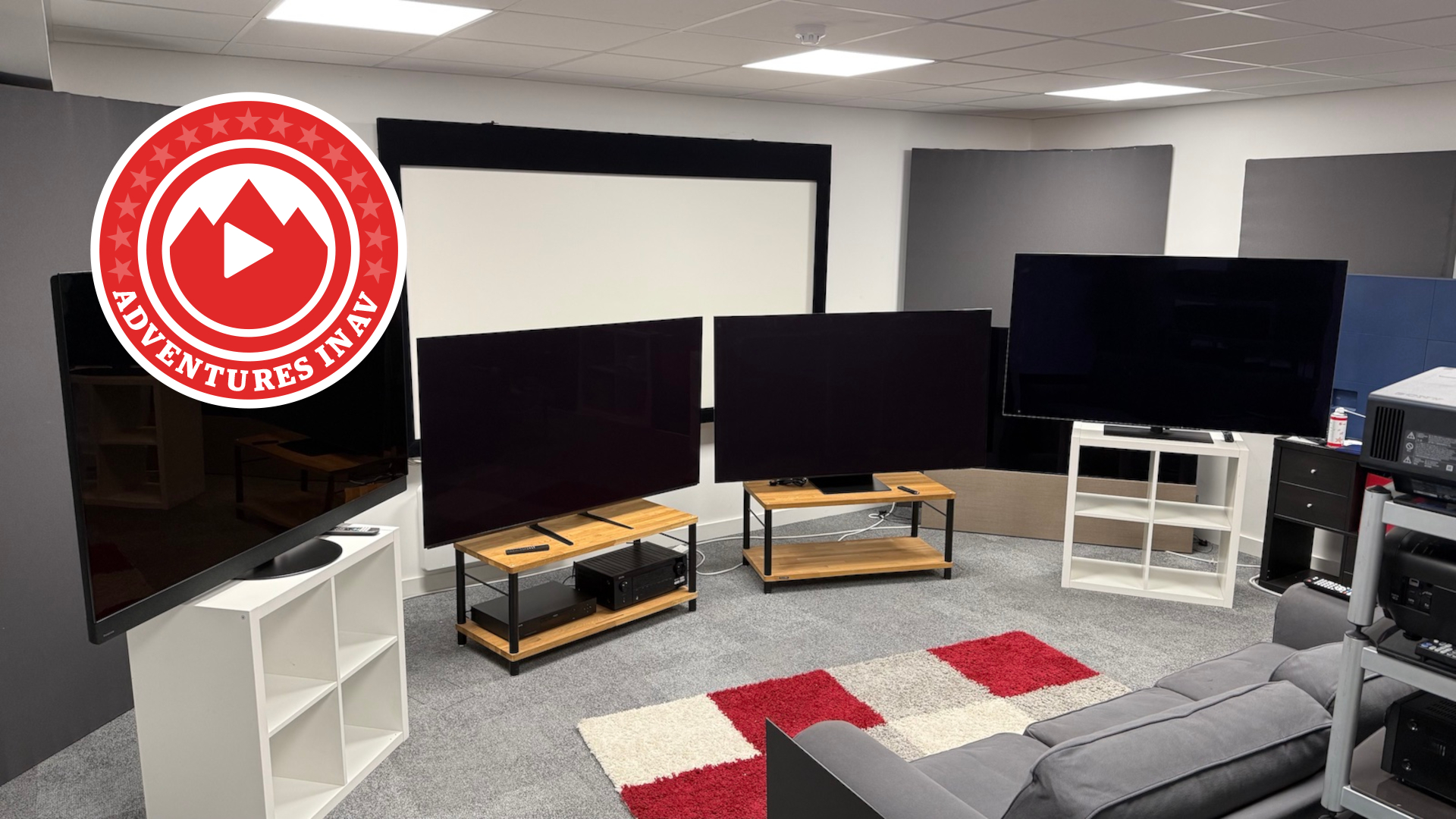
The What Hi-Fi? Awards 2025 entries are closed, which means our crack team of audio visual experts have moved on to phase two of our yearly trophy giving process – testing all the submissions and items we think should be considered.
And while some of you may think this sounds awesome, trust me, it’s not as glamorous as it sounds.
Case in point: over the past couple of weeks myself and the other TV reviewers have been locked in a windowless test room comparing four of this year’s flagship OLEDs. Specifically, the Sony Bravia 8 II, Samsung S95F, LG G5 and Panasonic Z95B.
Editor’s note: Before any of the very vocal Ambilight fans amongst our readers kick off, we are planning to test the Philips OLED950 and OLED910, the samples just hadn’t arrived in time for this specific group test.
And as we ran through our standard suite of tests, as happened when I did a similar group test earlier in August comparing some of this year’s top step-down 48-inch OLEDs, a key thought crystalised in my head – specifically, that I really didn’t like the picture on one of them.
Because we haven’t finished our tests I’m not going to name the specific culprit. After all, we may find a way to fix, or at least mitigate the problem by tweaking the settings – I also don’t want to give any spoilers away ahead of the full reviews going live.
What I will confirm is the reason; one of the sets consistently pushed its panel considerably brighter than the other three and not always in a way that helped its holistic picture quality.
The latest hi-fi, home cinema and tech news, reviews, buying advice and deals, direct to your inbox.
As I’ve said many times before, peak and operating brightness are key factors that can help improve picture quality. Higher peaks can make HDR content sing, offering a wider separation between the lightest and darkest part of the picture.
It can also add oodles of detail to bright scenes mastered at higher nit counts – as evidenced by a tech demo we ran at the 2023 Bristol Hi-Fi Show.
This is why we use Pan as a test disc despite it being an outright dumpster fire of a film. Because of how it is atypically mastered to 4000 nits, one scene in particular is a great way to gauge how bright a TV can go and how it uses the added oomph to throw up extra detail.
But it can also ruin picture quality if not used with care, as evidenced by my recent group test. Here, a lack of finesse meant the set enacted one of the cardinal sins for TVs – it made me focus on what the set was doing rather than the film we had on.
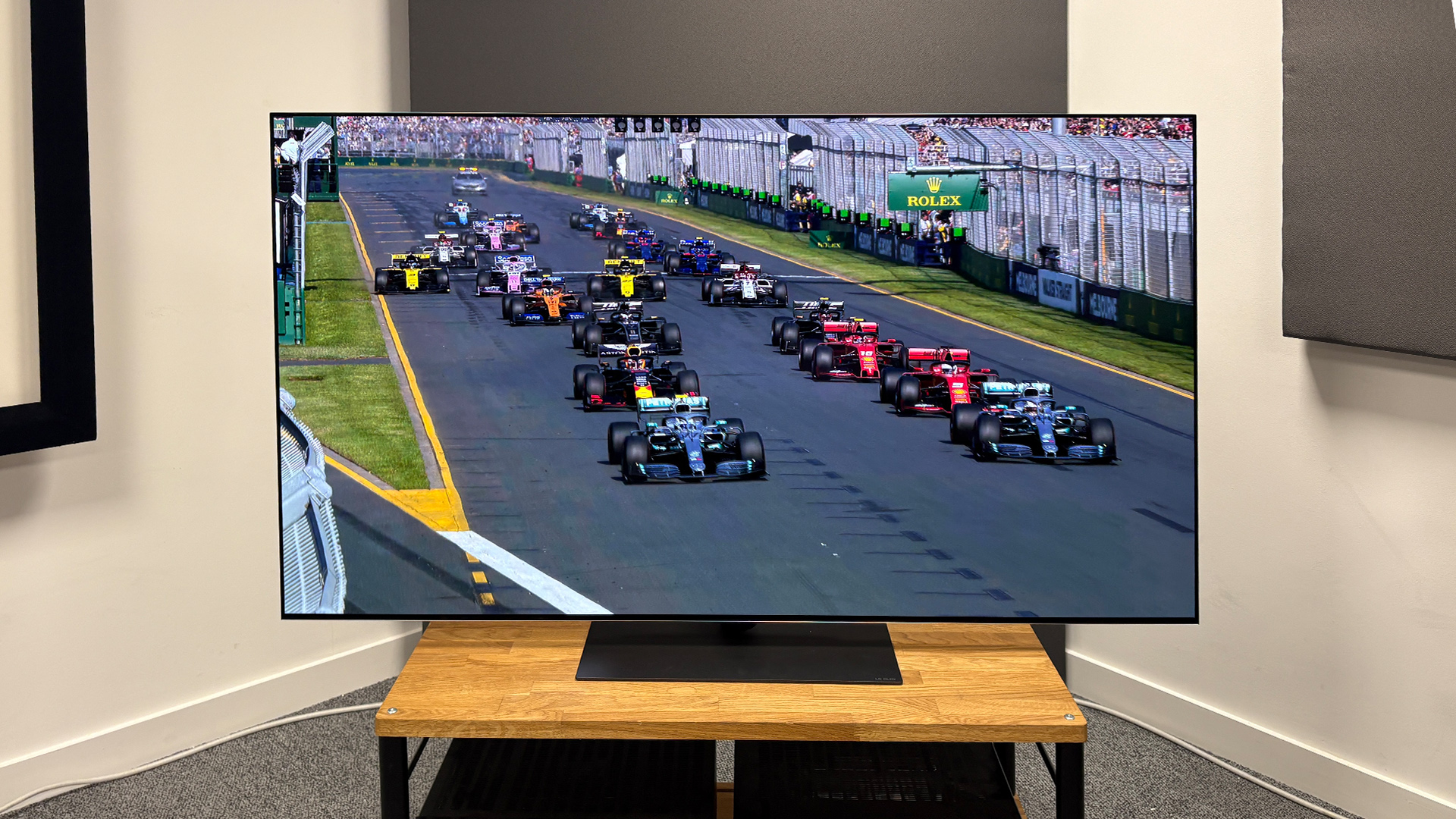
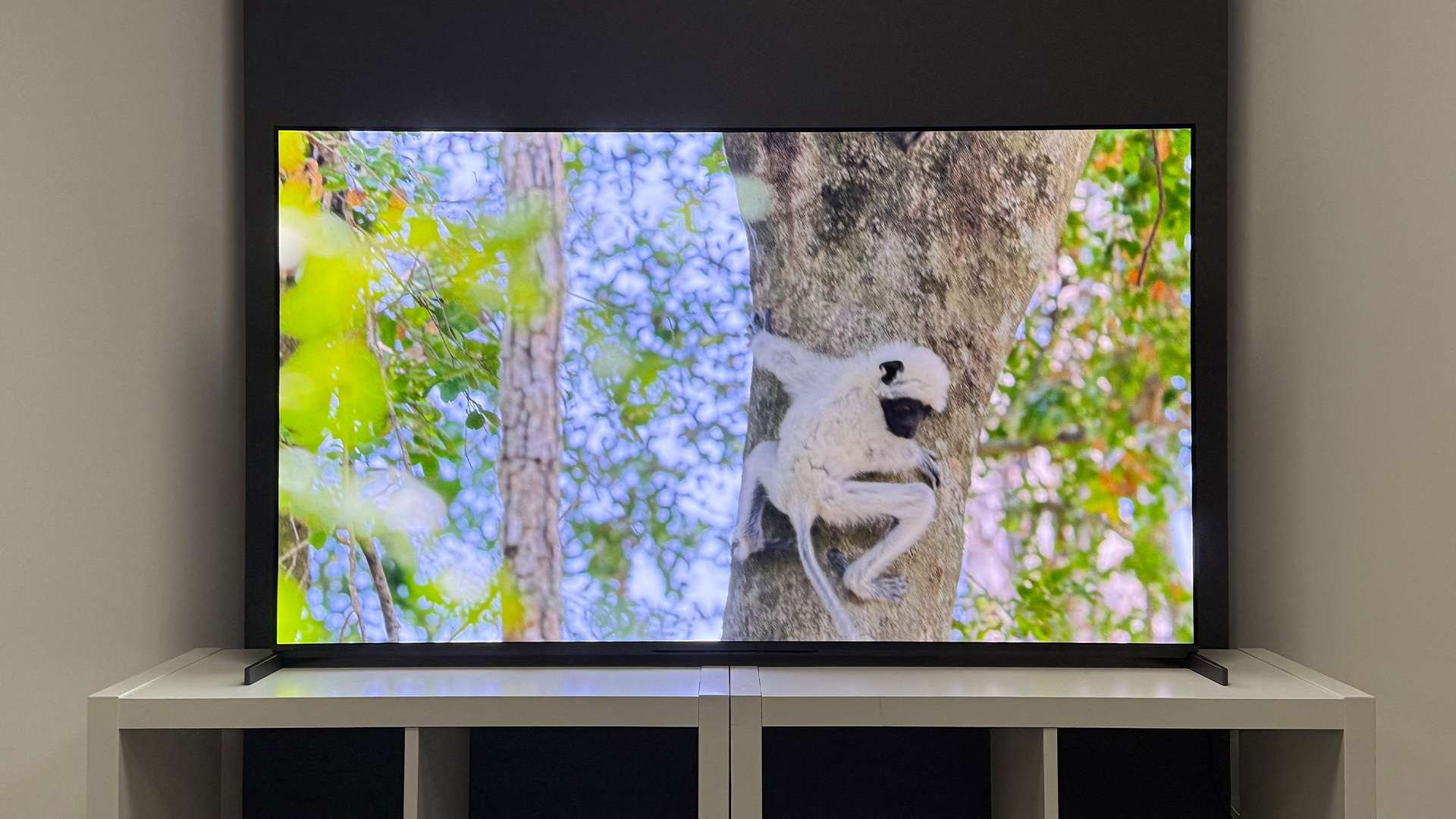
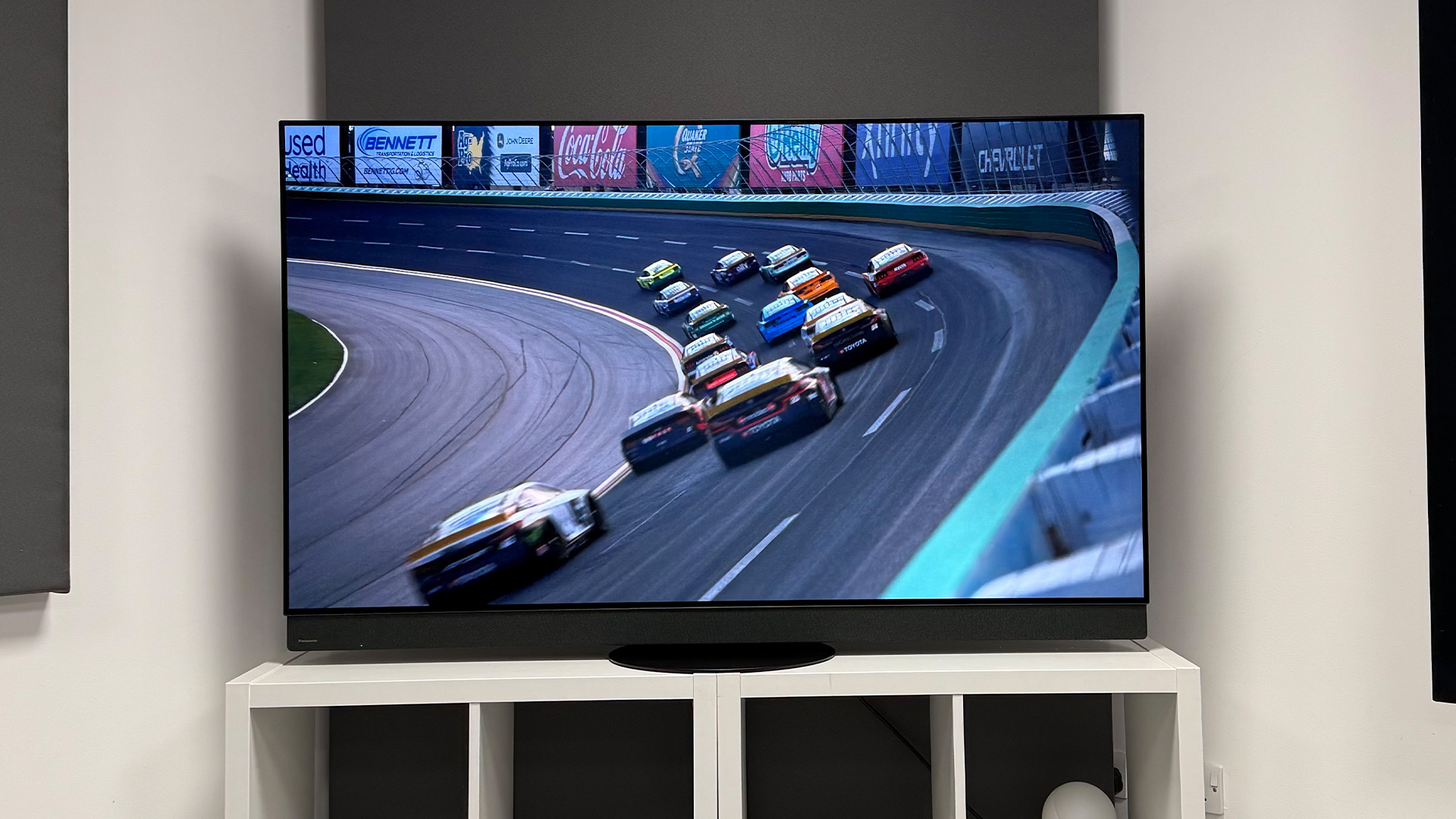
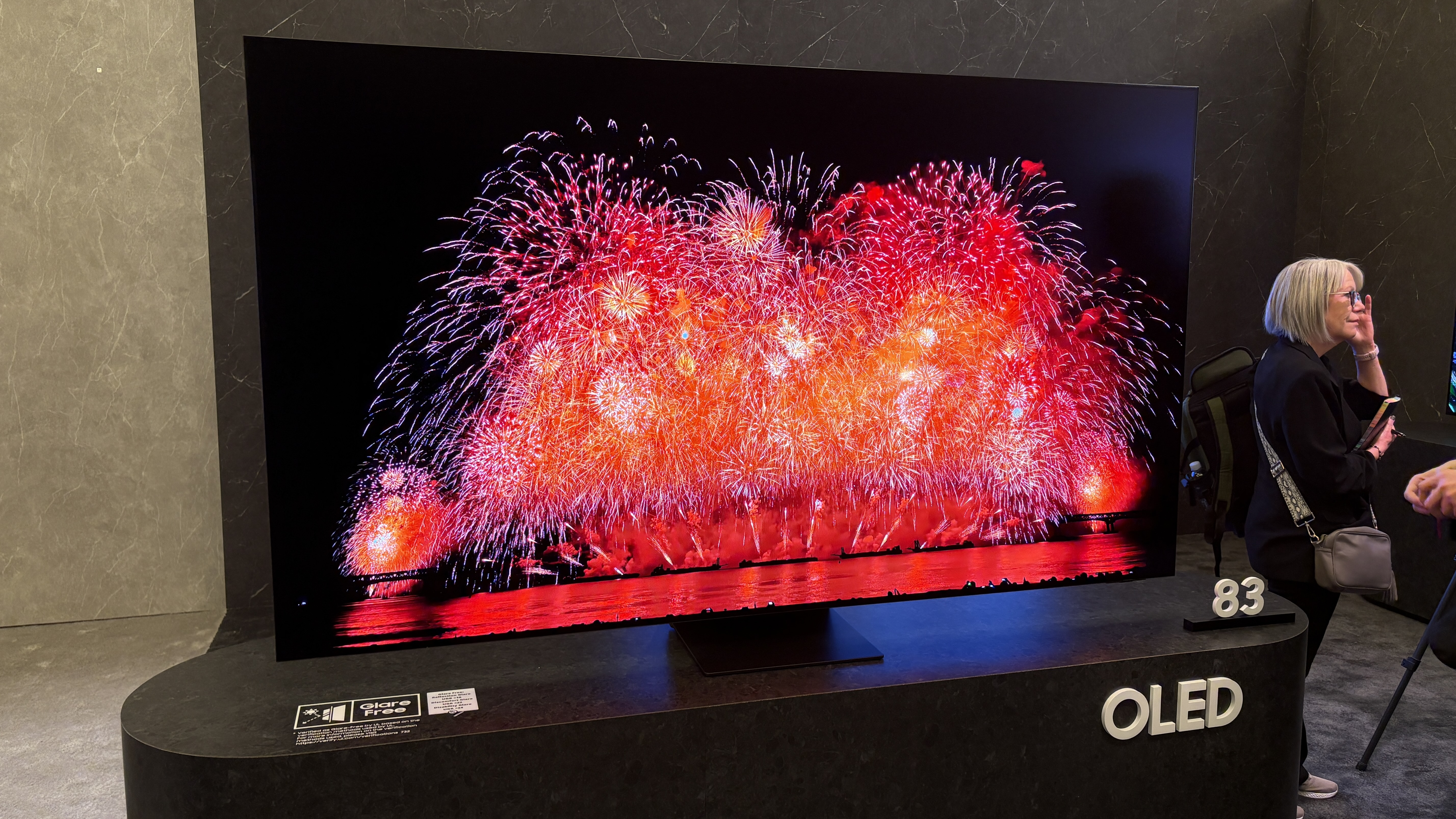
This was particularly noticeable during two scenes. The first is our standard Dune: Part 2 test. During the desert battle scene, the set pushed its brightness incredibly high, which in isolation makes sense. The scene occurs in a scorching desert after all.
It also did a good job avoiding brightness clipping, where the TV pushes beyond the panel's peak brightness causing a loss of detail in parts of the picture.
But the image lacked finesse, with the TV raising the brightness across the entire panel, rather than limiting its efforts to the sections it was meant to. This is an issue I usually experience on Mini LED sets, which have to charge sections, or zones, of a backlight, but not OLEDs, which offer pixel level light control.
This hindered dynamic range and the sheer aggressiveness of the continuous jumps in the peaks meant that I found myself wincing.
Some of our other testers enjoyed the extra oomph – as I’m sure many of our readers would. But I found it distracting, with the rapid, extreme fluctuations in levels being so high they became annoying, rather than engrossing.
This remained true when we changed lanes to Civil War and I found the set continued its Michael Bay-level push to wow viewers with its handling of explosions and the like.
Watching a night-time battle, while the set does a decent job retaining colour volume, the brightest parts of the picture again look too bright, adding an artificiality to certain sections of the picture.
Tracer rounds and explosions hurtling across the city scape stand out too much and at times are jarring – and not in a way the director intended.
High contrast sections of the picture also don't look right, with the bright highlights on characters' faces being pushed too hard, making it look like they have a stage spotlight covering them, rather than a street light.
These instances may sound small, and I want to be clear, again, that there are benefits. But for me the performance made the set look slightly immature.
This was especially true considering the strength of competition in the room, all of which have a similarly peak brightness, but choose to reserve their efforts for the parts of the picture that are actually meant to go that high, rather than deviate from the director’s intended levels.
And that’s why, once again, I felt the urge to warn readers: don’t be fooled by the focus of many companies and stores in selling a higher peak brightness, or nit count, as the main reason to pick one TV over another.
Trust me, if you value an 'as the director intended' experience, brightness isn’t the primary metric you should be concerned with.
MORE:
These are the best TVs we’ve tested
We rate the best Dolby Atmos soundbars
Our picks of the best Mini LED TVs

Alastair is What Hi-Fi?’s editor in chief. He has well over a decade’s experience as a journalist working in both B2C and B2B press. During this time he’s covered everything from the launch of the first Amazon Echo to government cyber security policy. Prior to joining What Hi-Fi? he served as Trusted Reviews’ editor-in-chief. Outside of tech, he has a Masters from King’s College London in Ethics and the Philosophy of Religion, is an enthusiastic, but untalented, guitar player and runs a webcomic in his spare time.
You must confirm your public display name before commenting
Please logout and then login again, you will then be prompted to enter your display name.
